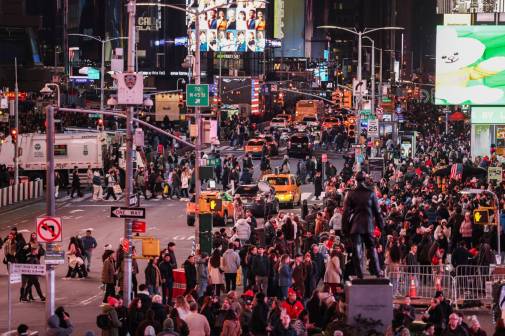Four cities say connectivity is key in 2017 smart city projects

For tech leaders in Seattle, Philadelphia, San Jose and San Leandro, connectivity represented the overarching theme in smart city projects slated for 2017.
Opening the Smart Cities Week Silicon Valley event, organized by the Smart Cities Council in Santa Clara, California, a panel of city representatives highlighted the power of connectivity as either a foundational element in smart city efforts or their city’s primary objective in projects that build out the next generation of infrastructure, such as fiber and wireless technologies.
San Jose Chief Innovation Officer Shireen Santosham said the Silicon Valley municipality recently cemented a partnership with Facebook for a pilot project to provide free Wi-Fi to residents.
“My favorite project right now is a partnership we have with Facebook to launch what we a Terragraph network which will provide free gigabit internet throughout our downtown and other parts of the city’s low-income areas,” Santosham said. “This allows us to deploy very fast internet without laying a lot of additional fiber and we’re really excited about the possibilities here.”
Facebook announced the Terragraph network at its developer’s conference on April 18 alongside its new Antenna Radio Integration for Efficiency in Spectrum system (ARIES). The technologies both rely on terrestrial antennas to transmit connectivity, with Terragraph broadcasting the Internet in fairly shorter range areas with antennas attached to light and utility polls and ARIES clustering many antennas together to broadcast even farther out — with possible use in rural areas.
In San Jose, Santosham said the initiative will serve as a test bed for the social media giant to redeploy the tech worldwide as Facebook continues its quest to provide free or affordable internet to developing nations in Africa and Asia.
In San Leandro and Philadelphia, the two cities are heavily promoting and investing in fiber. Deborah Acosta, San Leandro’s Chief Innovation Officer, said that the city will continue to rally around innovations and economic development programs tied to its 20-mile, 10-gigabit per second fiberoptic loop. In a private-public partnership with Lit San Leandro, LLC, and San Leandro Dark Fiber, LLC, the city is rallying around the connectivity to attract tech businesses and seed civic technology efforts. Like last year, San Leandro is participating again in the San Francisco-organized Startups in Residence Program (STiR) and Acosta said she hopes the startups who collaborate with San Leandro to develop civic tech apps will take advantage of this resource.
“For me this is really, truly fun, because this is about civic engagement and improving the quality of life for the people who live and work in our city,” Acosta said.
In Philadelphia, Chief Information Officer Charles Brennan said that when it comes to smart cities, his immediate focus is all about laying the ground work for what’s ahead. Whether it’s apps, sensors or something else, Brennan said that Philadelphia is at the start of major broadband deployment with Comcast — which is headquartered in the city — to thread the city’s streets with affordable Wi-Fi.
The agreement, formalized last year in December, is slated to run 15 years and double the total bandwidth of the city’s network at no additional cost.
“As part of a cable franchise agreement we’re building an iNet, an institutional network, which is basically fiber throughout the whole city,” Brennan said. “And the reason I really like that is because whatever we decide to do, whatever smart city applications we put up, they are going to run on the network. It’s this backbone of infrastructure that counts.”
Seattle Chief Technology Officer Michael Mattmiller said Seattle is continuing to harness data insights from a project that began in 2010 to outfit the city with environmental sensors. The effort draws on current connectivity to detect areas of the city where flooding is likely. The sensor data can be relayed to service crews for a direct response or be analyzed by city planners and researchers to think up effective strategies to reduce or eliminate flooding. Mattmiller described the work as a great example of how Seattle is looking to Smart City solutions to solve problems.
“I think this is just a fantastic thing for the city — it’s the idea of asking how do we manage the rain in Seattle, reduce the impacts to the public, improve public safety and make sure we can also save money by preventing flooding issues before they approach,” Mattmiller said.






